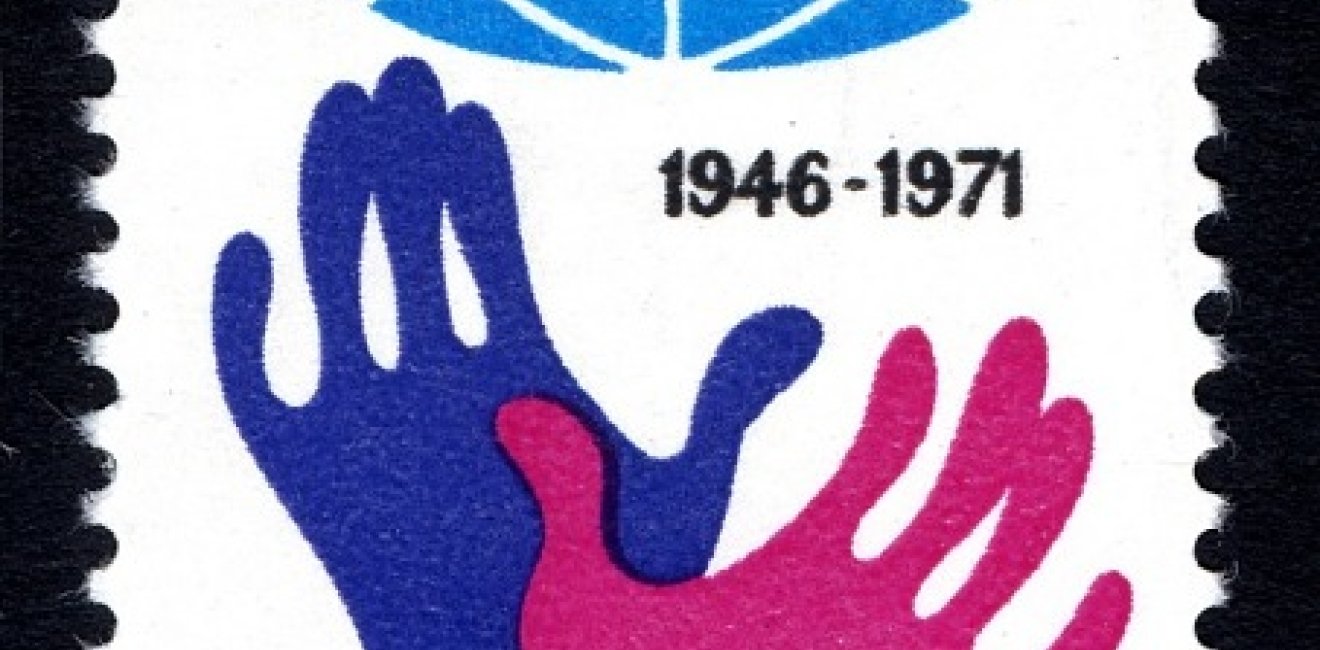CARE’s Stamp on History
An unusual request reached President Truman’s desk in December 1948. It was written by the executive director of CARE, the humanitarian agency responsible for getting food aid to Europeans in the wake of World War II.

A blog of the History and Public Policy Program
An unusual request reached President Truman’s desk in December 1948. It was written by the executive director of CARE, the humanitarian agency responsible for getting food aid to Europeans in the wake of World War II.

An unusual request reached President Truman’s desk in December 1948. It was written by the executive director of CARE, the humanitarian agency responsible for getting food aid to Europeans in the wake of World War II.
French asked not for something that could be placed inside a CARE package, but rather for something that could be placed on the outside: a postage stamp.
The letter explained that a US stamp commemorating CARE “would be an excellent way of showing people here and abroad” that the US government encouraged this citizen-led initiative to promote “peace and understanding.”
Stamps have long been expressions of nationhood. They offer blank canvases for governments to fill with symbols and references to cultural, historical, political, and territorial claims. A 1949 exhibition called “Postage Stamp Design” at the Museum of Modern Art (MoMA) in New York City reflected the growing recognition that the US was under-utilizing this small yet valuable real estate.
Like other forms of government communication, stamps and postmarks sometimes attract controversy.
In the UK, which received CARE packages between 1947 and 1955, the Post Office stamped all mail going outside the country in August 1949 with the slogan, “Britain says ‘Thank you for food gifts.’” This infuriated some Members of Parliament, who complained about being made to “appear to beg for presents from our defeated enemies,” namely Italy and Germany. No need to worry, responded the Ministry of Food, most people in those countries can’t read English!
As for the CARE stamp, it took a couple decades longer than hoped, but the US finally issued a stamp in 1971, just in time to celebrate CARE’s 25th anniversary.

A leader in making key foreign policy records accessible and fostering informed scholarship, analysis, and discussion on international affairs, past and present. Read more


The Cold War International History Project supports the full and prompt release of historical materials by governments on all sides of the Cold War. Read more



